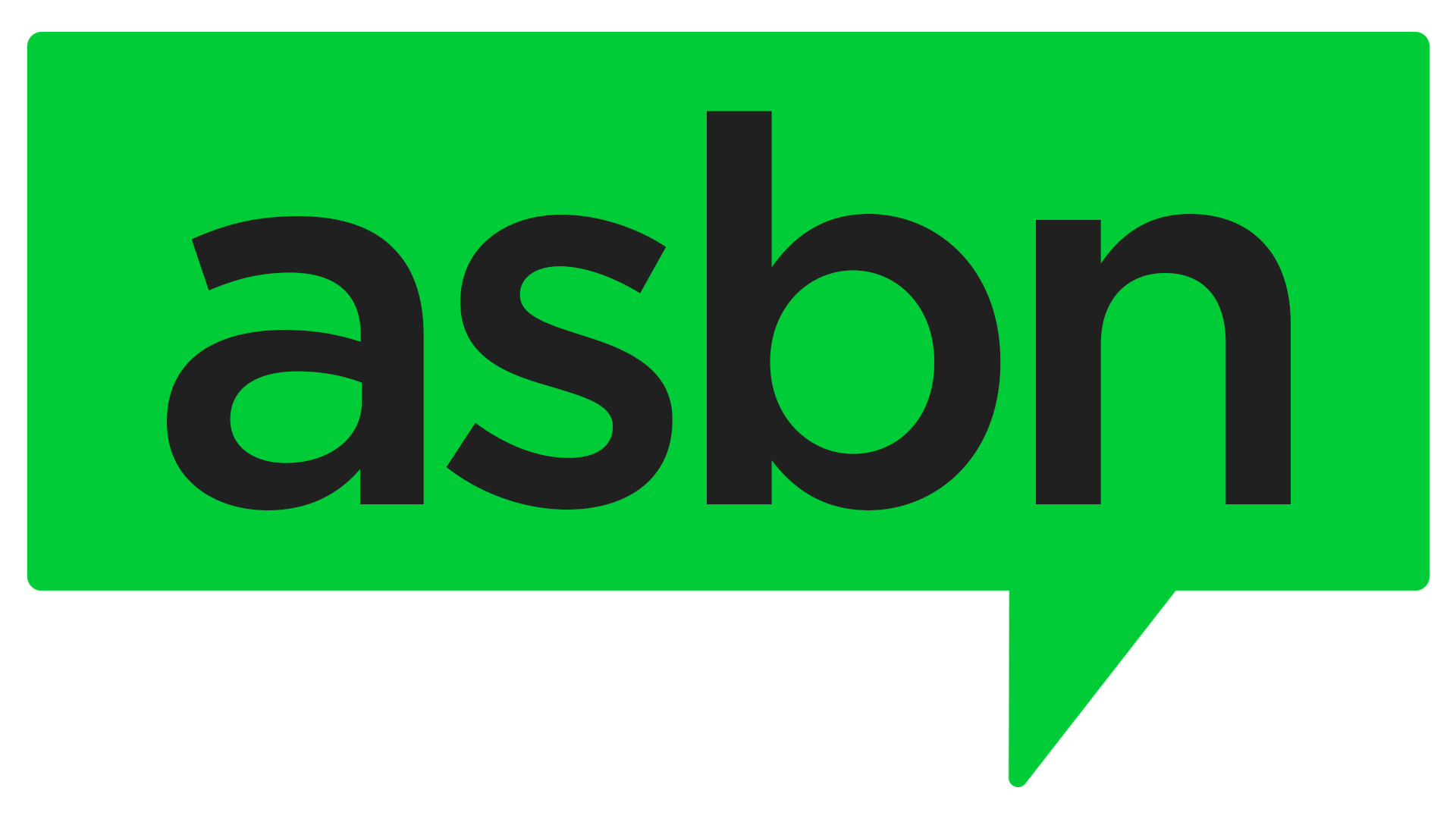Businesses have a crucial role to play in ensuring inclusivity and accessibility for customers with disabilities. By incorporating tools and features on their websites, businesses can create a more inclusive online environment that caters to the diverse needs of all individuals. This article will explore essential tools that businesses can integrate into their websites to assist customers with disabilities, fostering a more inclusive and empowering user experience.
1. Screen Readers and Text-to-Speech Conversion
Screen readers are vital tools for individuals with visual impairments. By integrating screen reader compatibility into a website, businesses can enable users to navigate through content using assistive technologies. Text-to-speech conversion allows written text to be read aloud, providing audio information to those with visual impairments or reading difficulties. Web developers should ensure their websites are optimized for compatibility with popular screen readers and assistive technologies.
2. Keyboard Accessibility and Focus Management
Keyboard accessibility is fundamental for individuals with motor disabilities or those who cannot use a mouse. Businesses should ensure that all website functions and interactive elements are fully operable using only a keyboard. Additionally, implementing clear focus indicators allows users to understand which element they are currently interacting with, enhancing navigation for individuals with visual impairments or cognitive challenges.
3. Adjustable Text Sizes and Contrast
Website content should be designed with flexibility in mind, allowing users to adjust text sizes and contrast settings. This feature is especially valuable for individuals with visual impairments, as it enhances legibility and readability. By incorporating user-controlled font resizing and contrast adjustment options, businesses can accommodate diverse visual needs and provide a more inclusive experience.
4. Captions and Transcripts for Multimedia
Multimedia content such as videos and audio clips should include accurate captions or transcripts. Captions benefit individuals with hearing impairments or those in environments where sound is not accessible. Transcripts also assist users who prefer reading or have difficulty understanding audio content. Including these features ensures that all users, regardless of their hearing abilities, can fully engage with the website’s multimedia content.
5. Alternative Text for Images
Including descriptive alternative text (alt text) for images is essential for users who rely on screen readers or have visual impairments. Alt text provides a textual description of images, enabling these users to comprehend the visual content. Businesses should ensure that all images on their websites have concise and meaningful alt text, enhancing accessibility for individuals who cannot perceive images visually.
6. Forms and Error Validation
Businesses should design website forms with accessibility in mind. Clear labels and instructions for form fields help users understand the required information. Error validation messages should be presented in an accessible format, enabling individuals with visual or cognitive impairments to easily identify and correct errors. Implementing features like autocomplete and skip navigation links can further streamline the form completion process for users with disabilities.
7. Language and Reading Support
Language and reading support tools can significantly benefit users with learning disabilities or non-native speakers. Providing dictionary or translation features assists users in understanding complex terms or translating content into their preferred language. Businesses can also offer reading aids such as text-to-speech functionality or dyslexia-friendly font options to enhance comprehension and inclusivity.
By incorporating these essential tools into their websites, businesses can foster inclusivity and provide an enhanced user experience for customers with disabilities. Accessibility should be a core consideration during the design and development process, ensuring that all users, regardless of their abilities, can navigate, access information, and engage with online content effectively. By embracing accessibility, businesses not only empower individuals with disabilities but also broaden their customer base and create a more inclusive digital environment.







